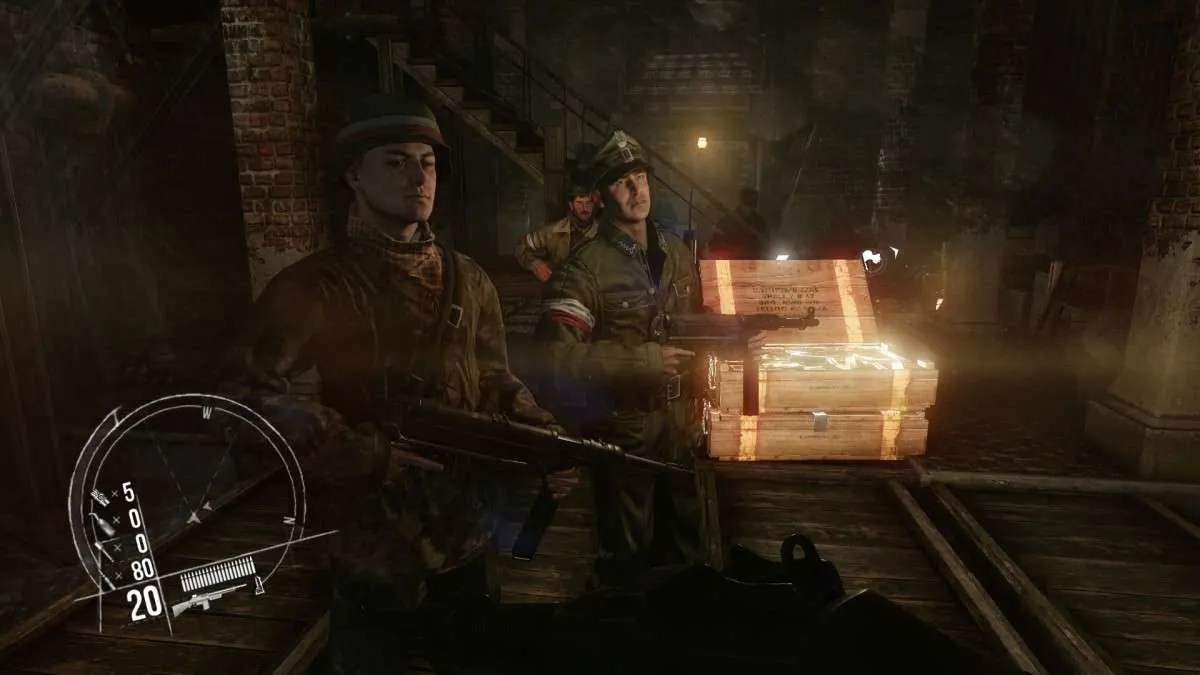
Enemy Front: A Missed Opportunity in WWII Gaming
Contents
The release of Enemy Front seemed perfectly timed. World War II shooters were a rarity, with most developers focused on modern or futuristic warfare. The game, developed by City Interactive Games (CI Games), known for the Sniper: Ghost Warrior series, and powered by the impressive CryEngine 3, promised a compelling experience. However, the final product fell dramatically short of expectations.
 Alt text: A screenshot from Enemy Front showing the player aiming down the sights of a rifle in a war-torn urban environment.
Alt text: A screenshot from Enemy Front showing the player aiming down the sights of a rifle in a war-torn urban environment.
A Flawed Narrative and Unconvincing Protagonist
Enemy Front centers around the Warsaw Uprising, a pivotal moment in WWII history where Polish resistance fighters battled Nazi forces. Players assume the role of Robert Hawkins, an American journalist of Polish descent, fighting alongside the resistance in Poland, France, and Norway. The game’s loading screens, with their evocative music and frozen moments of action, hint at a powerful and emotional narrative. Unfortunately, the game fails to deliver on this promise.
Hawkins’ radio speeches, meant to inspire and unite the Polish people, lack depth and conviction. They repeat generic phrases like “This is Warsaw calling,” failing to capture the spirit of resistance. The game focuses primarily on Hawkins’ individual heroics, rather than showcasing the collective struggle of ordinary people. Furthermore, Hawkins’ transformation from journalist to highly skilled combatant feels jarring and illogical. His proficiency with various weapons and tactical maneuvers defies credibility. The Warsaw Uprising, with its devastating losses and heroic acts of defiance, offered rich narrative potential. Enemy Front, however, fails to capitalize on this, offering only a superficial and emotionally detached portrayal of the conflict. The game lacks the impactful moments and historical context that define other WWII titles like Call of Duty and Medal of Honor.
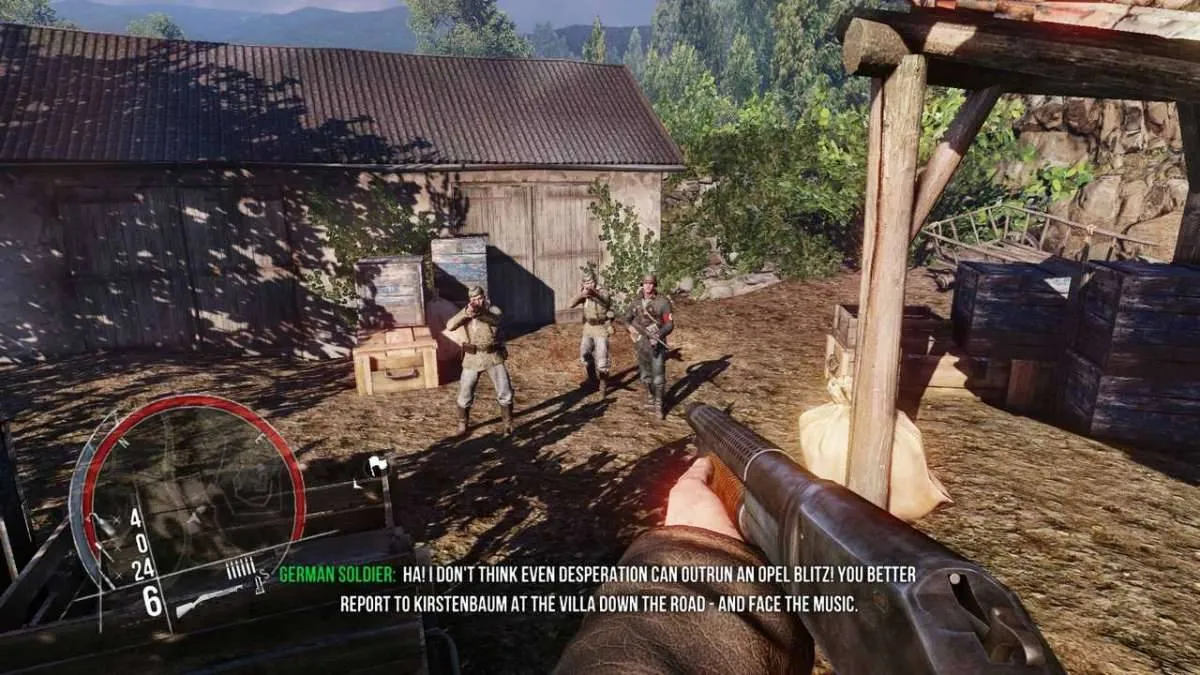 Alt text: A screenshot from Enemy Front depicting a character firing a submachine gun from behind cover in a war-torn street.
Alt text: A screenshot from Enemy Front depicting a character firing a submachine gun from behind cover in a war-torn street.
A Confused Gameplay Loop and Frustrating AI
Enemy Front attempts to blend stealth and action gameplay, but both elements are hampered by flawed AI. The stealth mechanics, while offering hiding spots, silenced weapons, and takedown maneuvers, are undermined by overly sensitive enemy AI. Enemies detect the player from afar, possess improbable hearing, and are positioned illogically, making stealth approaches difficult and often futile. The melee takedown animations, for instance, are slow and cumbersome, leaving the player exposed. On the other hand, the action gameplay suffers from equally problematic AI. Enemies either charge mindlessly or stand motionless, offering little challenge. Even those who utilize cover often expose themselves, becoming easy targets. The game struggles to find a balance between these two gameplay styles, leaving the player unsure of the intended approach.
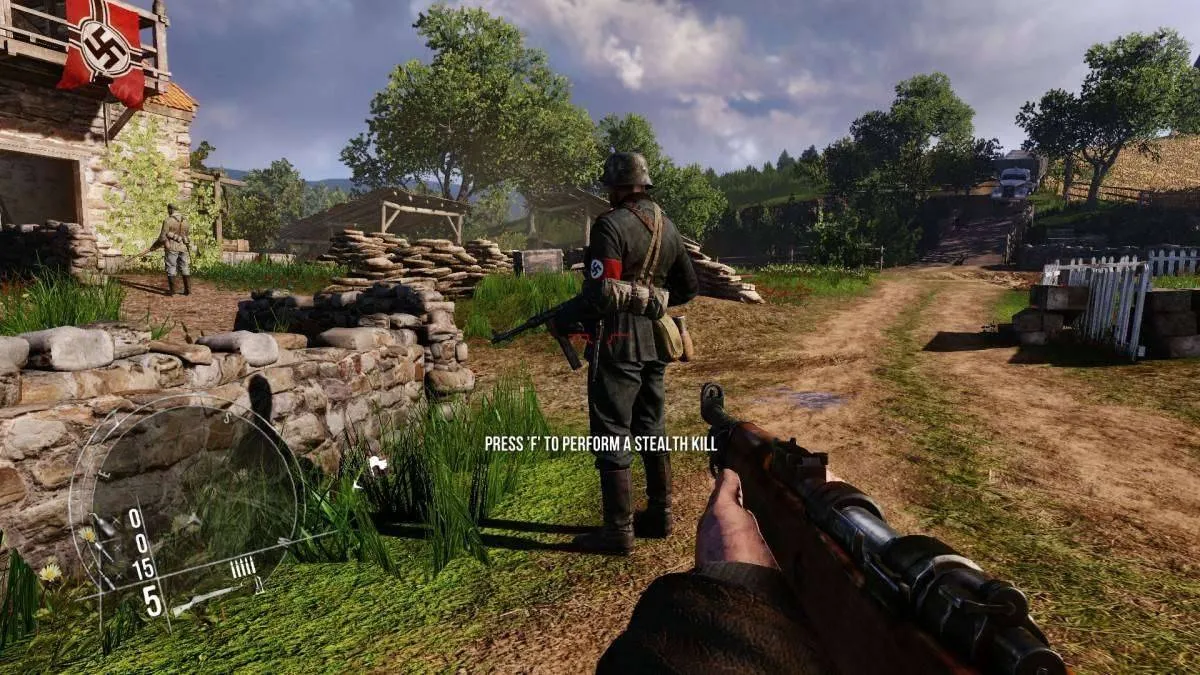 Alt text: A screenshot from Enemy Front showcasing the player using binoculars to scout enemy positions in a ruined building.
Alt text: A screenshot from Enemy Front showcasing the player using binoculars to scout enemy positions in a ruined building.
Lack of Challenge and Technical Issues
The game’s difficulty settings offer little variation in challenge. Even on the hardest difficulty, enemy fire feels inconsequential, and players can often charge through levels with little resistance. The large, open environments in some levels feel empty and lifeless, with a scarcity of enemies and infrequent events. A critical bug further hampers the experience. In a level set in Norway featuring the character Lief Ronneberg, the game can become unresponsive, requiring multiple restarts. Despite utilizing the powerful CryEngine 3, the in-game cutscenes appear dated and underwhelming, contrasting sharply with the polished visuals of the game’s trailers.
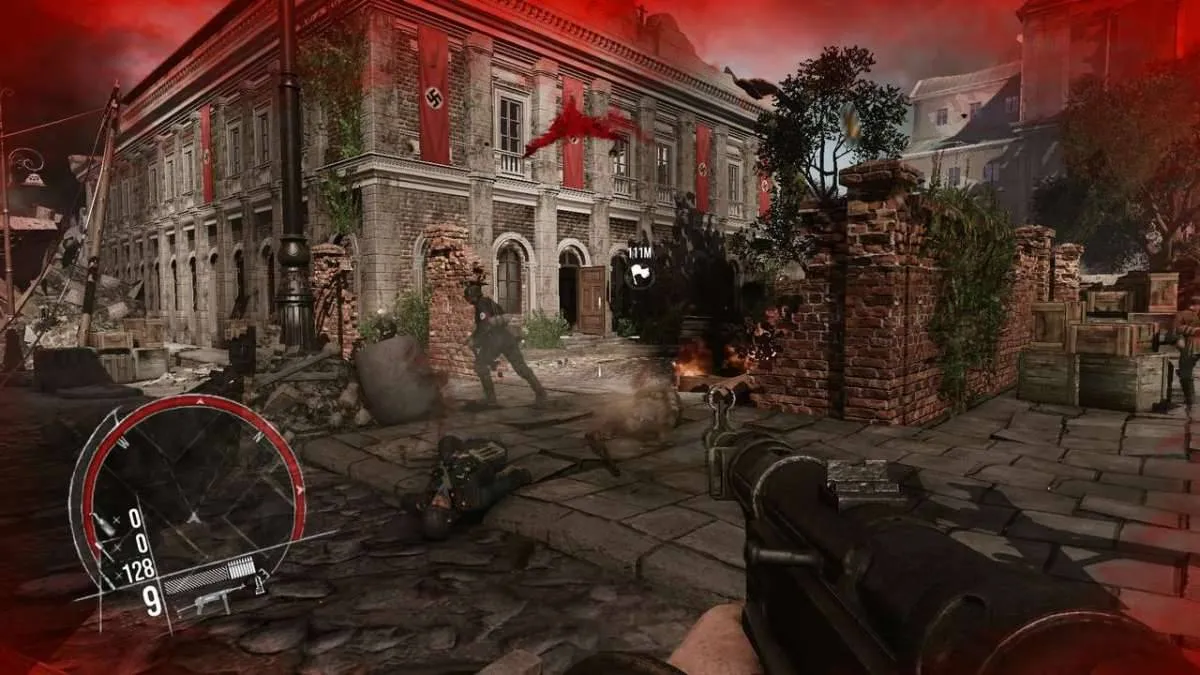 Alt text: A screenshot from Enemy Front displaying a dramatic explosion amidst the ruins of a war-torn city.
Alt text: A screenshot from Enemy Front displaying a dramatic explosion amidst the ruins of a war-torn city.
Redeeming Qualities: A Glimmer of Potential
Despite its shortcomings, Enemy Front possesses a few redeeming qualities. The artistically crafted loading screens, with their haunting music and frozen moments of action, create a sense of atmosphere and reflection. The environments, particularly those set in France, showcase the visual capabilities of CryEngine 3 with vibrant colors and detailed landscapes. The slow-motion bullet cam for sniper kills offers a satisfying visual flourish, reminiscent of games like Sniper: Ghost Warrior and Sniper Elite V2.
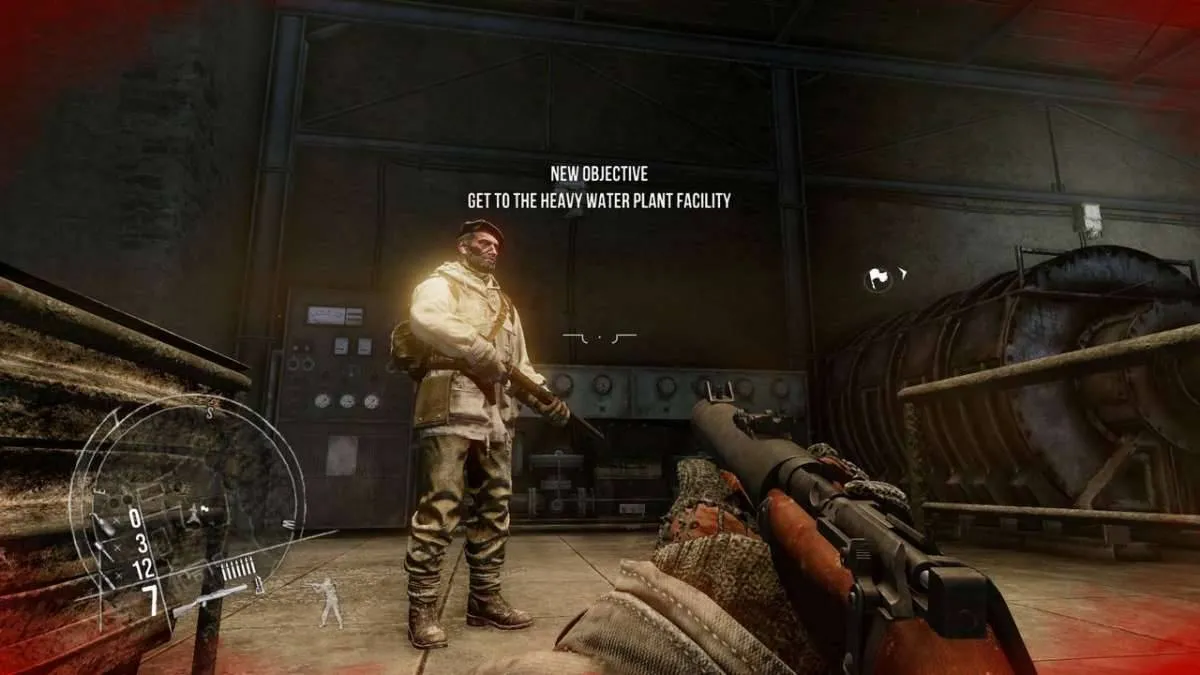 Alt text: A screenshot from Enemy Front showing the player taking cover behind a low wall while engaging enemies in a street fight.
Alt text: A screenshot from Enemy Front showing the player taking cover behind a low wall while engaging enemies in a street fight.
 Alt text: A screenshot from Enemy Front depicting a scenic view of a French countryside with a distant town and rolling hills.
Alt text: A screenshot from Enemy Front depicting a scenic view of a French countryside with a distant town and rolling hills.
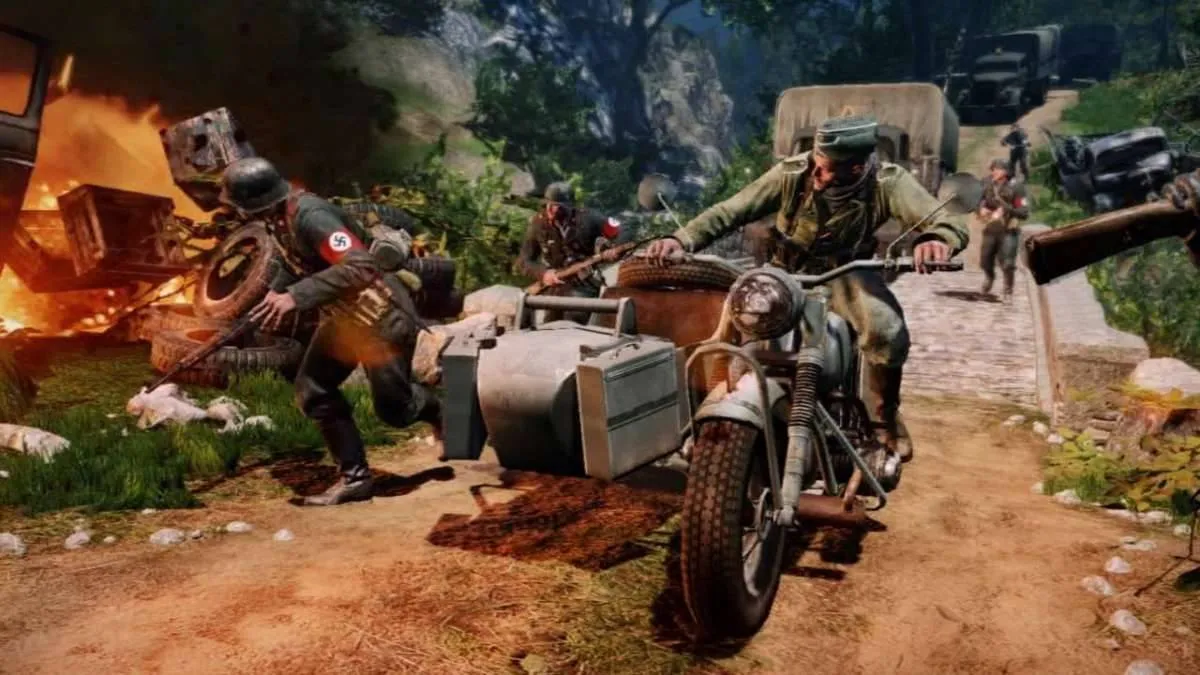 Alt text: A screenshot from Enemy Front showing the player aiming a sniper rifle through a broken window in a war-damaged building.
Alt text: A screenshot from Enemy Front showing the player aiming a sniper rifle through a broken window in a war-damaged building.
Conclusion: A Missed Opportunity
Enemy Front had the potential to be a compelling WWII shooter. However, its flawed narrative, confused gameplay, and technical issues ultimately hold it back. While the game offers glimpses of its potential through its visuals and atmospheric loading screens, these are overshadowed by its numerous shortcomings. Ultimately, Enemy Front represents a missed opportunity in a genre ripe for exploration.
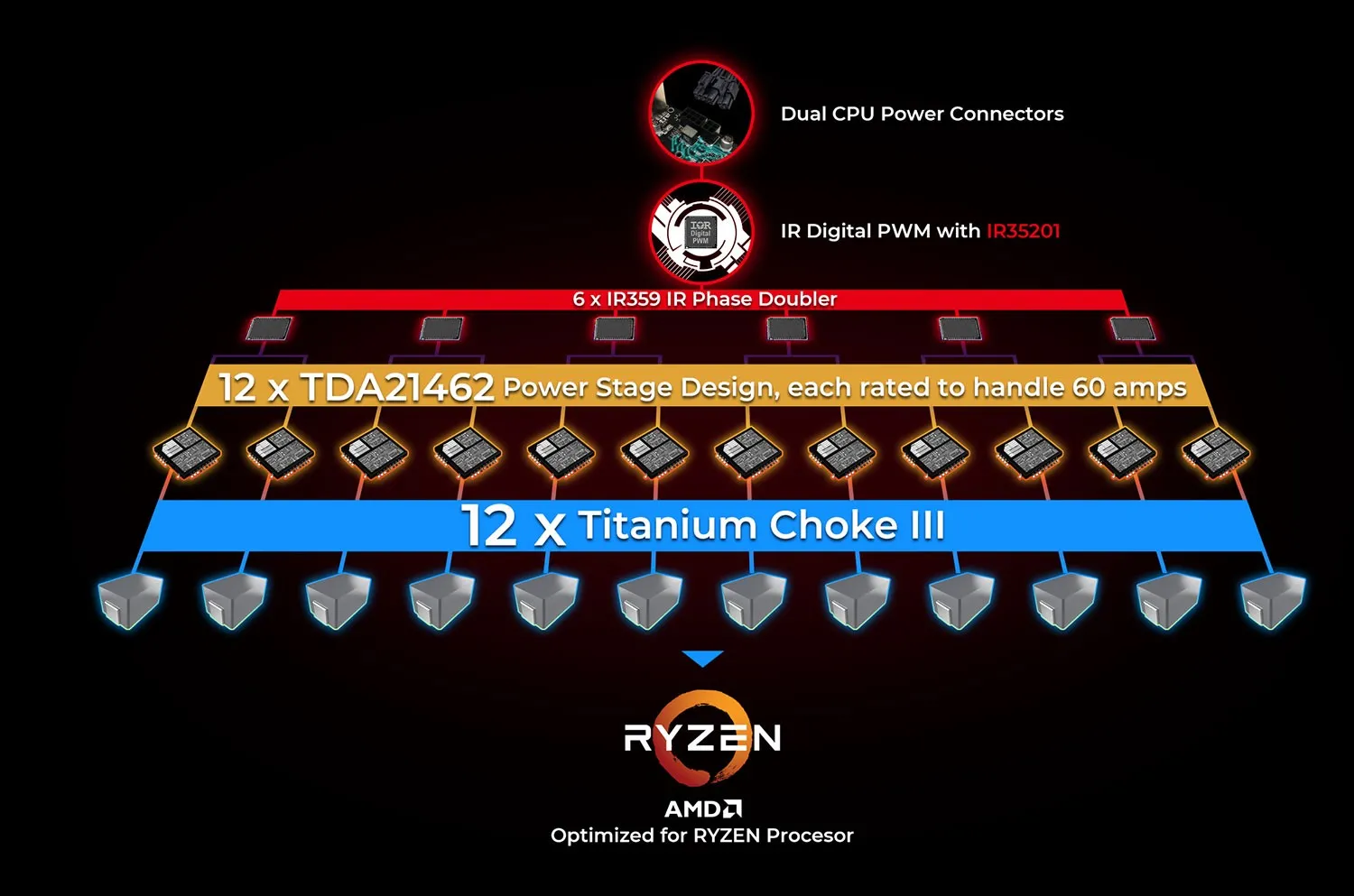

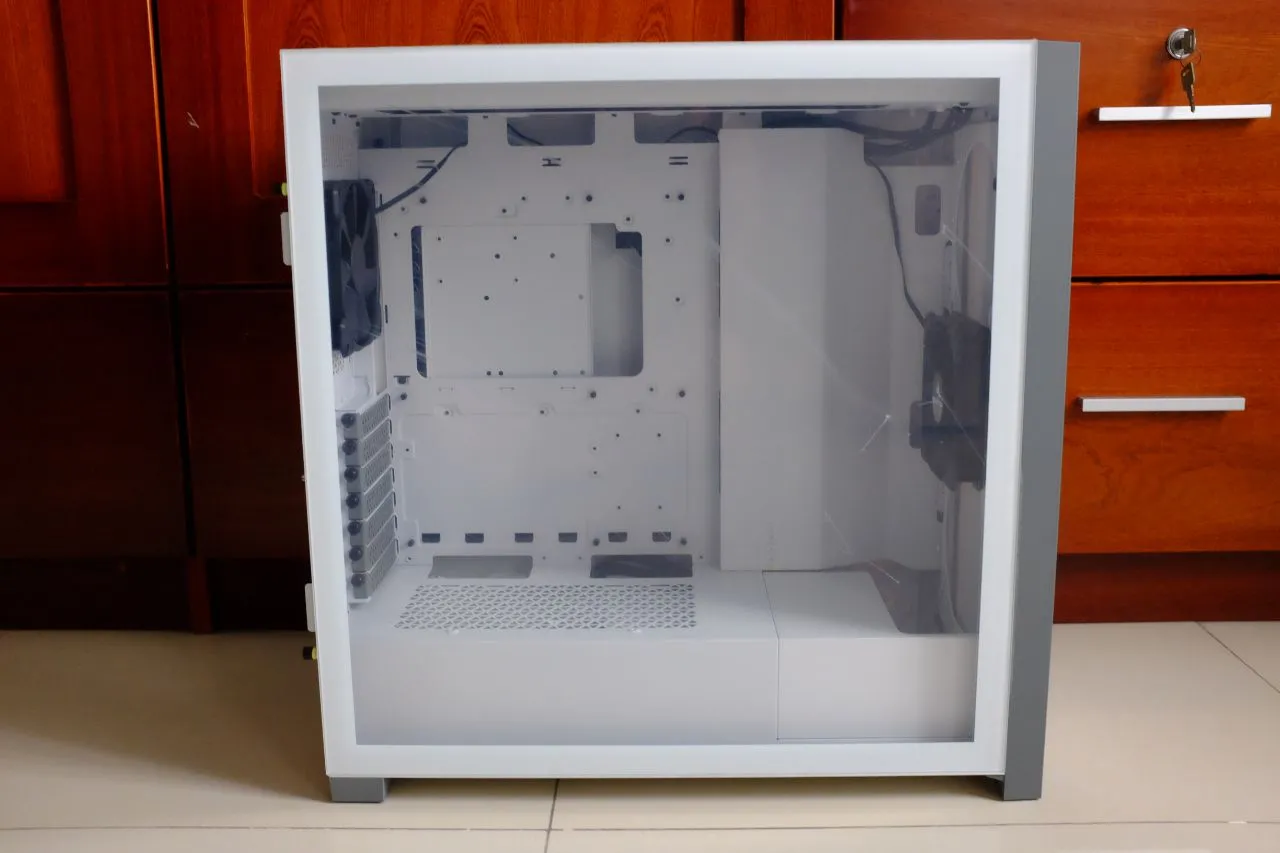
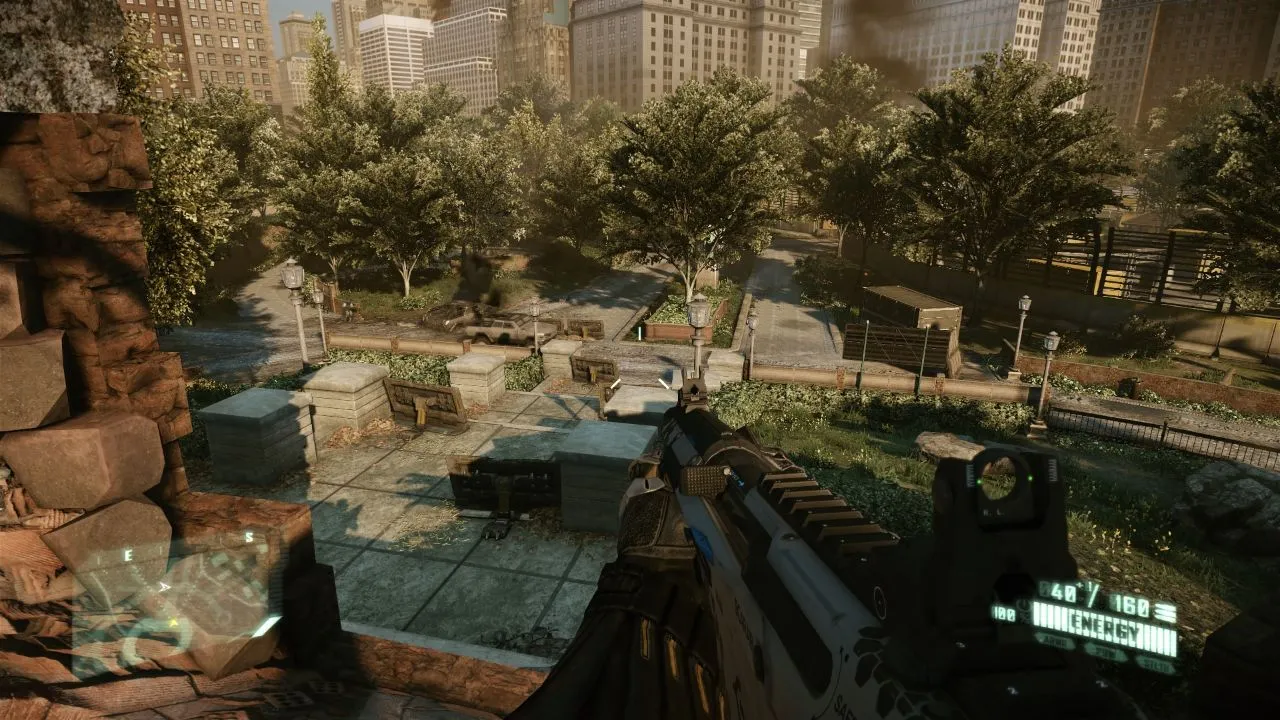
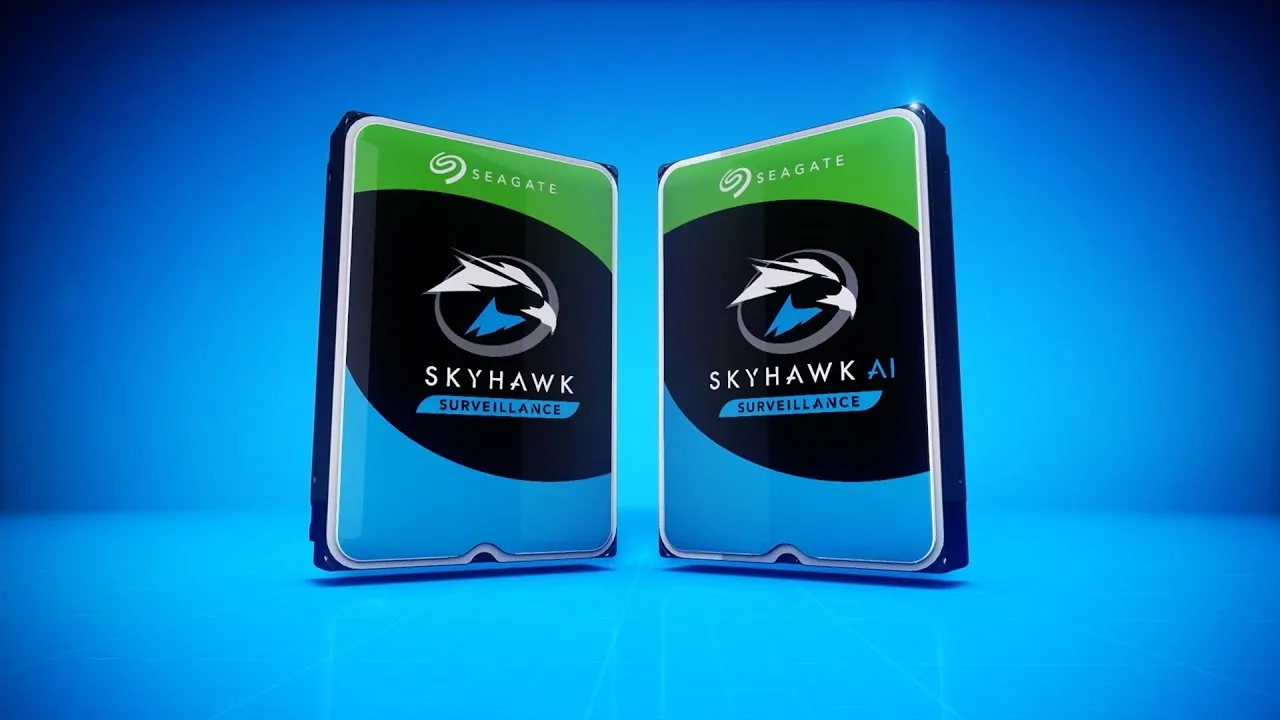
Comments (0)